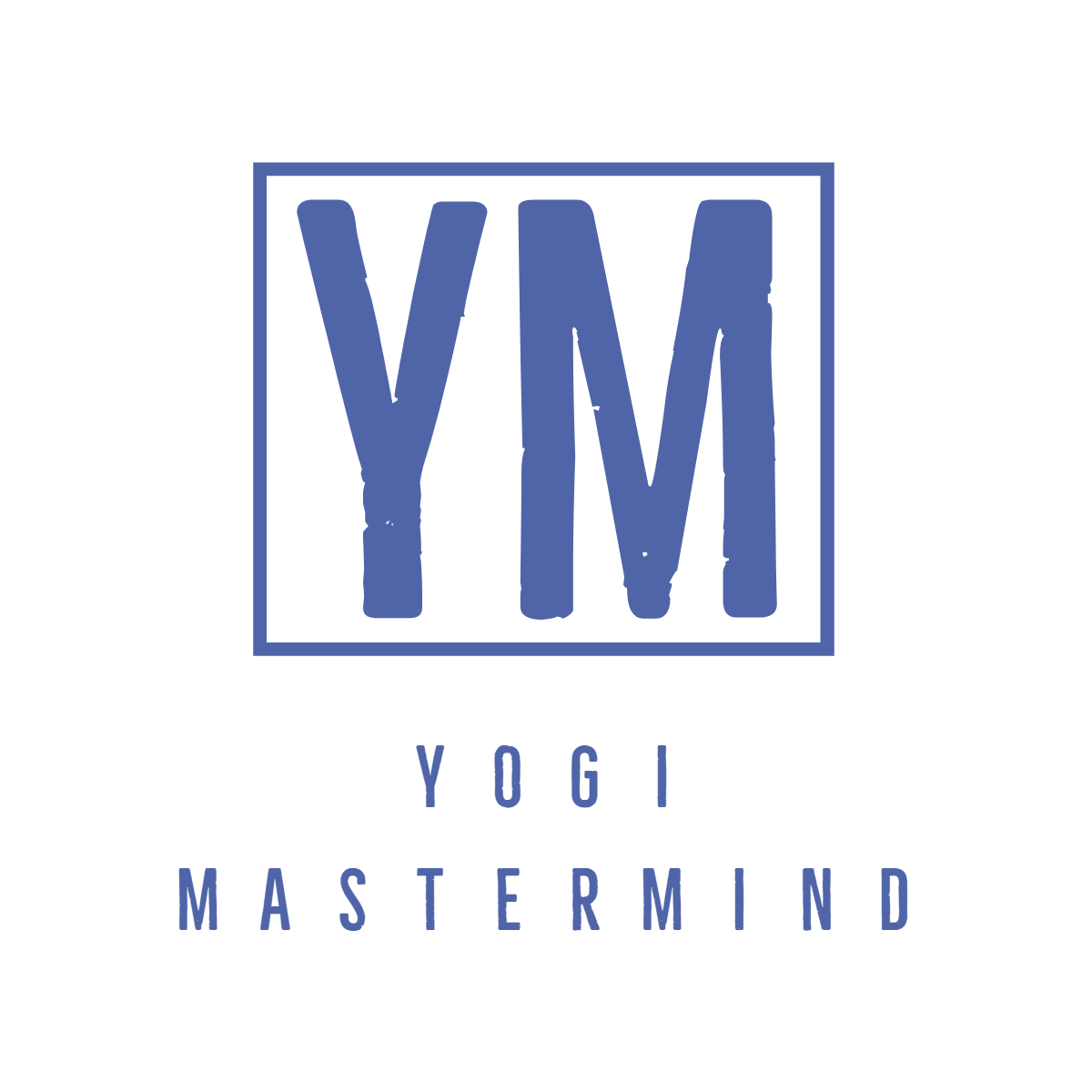From Studio to Online: How to Expand Your Yoga Business in the Digital Age
In today's digital age, technology has had a profound impact on various industries, and the yoga business is no exception. With the rise of social media, online platforms, and digital marketing, yoga businesses have had to adapt and embrace the digital landscape to stay relevant and competitive. Having a strong online presence has become crucial for yoga businesses to attract clients, build a community, and expand their reach.
Creating a Strong Online Presence for Your Yoga Business
A strong online presence refers to the visibility and reputation of your yoga business on the internet. It encompasses various elements such as having a professional website, active social media profiles, engaging content, positive reviews, and effective digital marketing strategies. Having a strong online presence offers numerous benefits for yoga businesses.
Firstly, it allows you to reach a wider audience beyond your local community. With the internet, you can connect with potential clients from all over the world who are interested in yoga. This opens up new opportunities for growth and expansion.
Secondly, a strong online presence helps establish credibility and trust with potential clients. When people search for yoga classes or instructors online, they are more likely to choose businesses that have a professional website, positive reviews, and an active social media presence. By showcasing your expertise and providing valuable content online, you can build trust with your audience and attract more clients.
To create a strong online presence for your yoga business, start by building a professional website that reflects your brand and showcases your offerings. Invest in high-quality photography and design to make your website visually appealing. Include information about your classes, instructors, schedules, pricing, and contact details. Make sure your website is mobile-friendly as many people access the internet through their smartphones.
Building a Website for Your Yoga Business: Tips and Tricks
Having a website is essential for any business in today's digital age, including yoga businesses. A website serves as a central hub where potential clients can learn more about your offerings, book classes, and get in touch with you. Here are some tips and tricks for building a website that reflects your brand and attracts clients.
Firstly, choose a domain name that is easy to remember and relevant to your yoga business. Keep it short, simple, and reflective of your brand. Next, invest in professional photography to showcase your studio, instructors, and classes. High-quality visuals can make a significant impact on how potential clients perceive your business.
When designing your website, make sure it is user-friendly and easy to navigate. Include clear and concise information about your classes, schedules, pricing, and location. Use a clean and modern design that aligns with your brand identity. Incorporate testimonials or reviews from satisfied clients to build trust and credibility.
Lastly, optimize your website for search engines. This involves using relevant keywords throughout your website's content, meta tags, and URLs. Create informative and engaging content that includes keywords related to yoga and your specific offerings. Regularly update your website with fresh content to improve its search engine ranking.
Using Social Media to Expand Your Yoga Business
Social media has become an integral part of our daily lives, and it offers immense opportunities for yoga businesses to expand their reach and connect with their target audience. Here are some tips on how to use social media effectively to attract clients and build a community.
Firstly, identify the social media platforms that are most popular among your target audience. Facebook, Instagram, and YouTube are commonly used platforms for yoga businesses. Create profiles on these platforms and optimize them with relevant information about your business.
Next, develop a social media strategy that aligns with your business goals. Determine the type of content you want to share, such as yoga tutorials, inspirational quotes, or behind-the-scenes glimpses of your studio. Consistency is key when it comes to social media, so create a content calendar and stick to a regular posting schedule.
Engage with your audience by responding to comments, messages, and mentions. Encourage your followers to share their experiences and tag your business in their posts. This helps create a sense of community and builds loyalty among your clients.
Lastly, consider collaborating with influencers or partnering with other businesses in the wellness industry. This can help you reach a wider audience and gain credibility through association. For example, you could collaborate with a local nutritionist to offer a joint workshop or create content together.
Creating High-Quality Online Yoga Classes and Programs
The digital age has opened up new opportunities for yoga businesses to offer online classes and programs. This allows you to reach clients who may not be able to attend in-person classes or who prefer the convenience of practicing yoga at home. Here are some tips on how to create high-quality online yoga classes and programs.
Firstly, invest in high-quality equipment such as cameras, microphones, and lighting to ensure that your online classes have excellent audio and video quality. This will enhance the overall experience for your clients and make them feel like they are attending a real class.
Secondly, create a unique selling proposition for your online classes and programs. What sets your online offerings apart from others? It could be your teaching style, the specific type of yoga you specialize in, or the additional resources you provide to support your clients' practice.
Consider offering different levels of classes to cater to beginners, intermediate practitioners, and advanced yogis. This allows you to attract a wider range of clients and accommodate different skill levels.
Lastly, provide additional resources such as downloadable PDFs, guided meditations, or access to a private online community where clients can connect with each other. These extras add value to your online classes and programs and help differentiate you from competitors.
Choosing the Right Online Platform for Your Yoga Business
When it comes to offering online yoga classes and programs, choosing the right online platform is crucial. There are various platforms available, each with its own features and benefits. Here are some tips on how to choose the right online platform for your yoga business.
Firstly, consider the type of classes and programs you want to offer. Some platforms specialize in live streaming classes, while others focus on pre-recorded content. Determine which format aligns with your business goals and teaching style.
Next, evaluate the features and functionality of different platforms. Look for features such as the ability to schedule classes, accept payments, interact with clients, and track attendance. Consider whether the platform integrates with your existing website or if it requires a separate login for clients.
Security is also an important consideration when choosing an online platform. Ensure that the platform you choose has robust security measures in place to protect your clients' personal information and payment details.
Lastly, consider the user experience of the platform. Is it easy to navigate? Does it have a clean and intuitive interface? Test out different platforms and see which one feels most user-friendly for both you and your clients.
Marketing Your Online Yoga Business: Strategies and Techniques
Marketing plays a crucial role in attracting clients to your online yoga business. Here are some strategies and techniques to help you create a marketing strategy that attracts clients and builds a community.
Firstly, define your target audience. Who are you trying to reach with your online yoga classes and programs? Are you targeting beginners, experienced yogis, or a specific demographic? Understanding your target audience will help you tailor your marketing messages and choose the right channels to reach them.
Next, create compelling content that showcases your expertise and provides value to your audience. This could include blog posts, videos, or social media posts that offer tips, tutorials, or inspiration related to yoga. By providing valuable content, you can build trust with your audience and position yourself as an authority in the industry.
Utilize digital marketing techniques such as search engine optimization (SEO), email marketing, and social media advertising to reach a wider audience. SEO involves optimizing your website and content to rank higher in search engine results. Email marketing allows you to stay in touch with your clients and promote your online classes and programs. Social media advertising can help you reach a targeted audience and drive traffic to your website.
Lastly, measure the success of your marketing efforts by tracking key metrics such as website traffic, social media engagement, and conversion rates. This will help you identify what is working and what needs improvement in your marketing strategy.
Building a Strong Community Around Your Online Yoga Business
 Building a community around your online yoga business is essential for creating a loyal client base and fostering a sense of belonging. Here are some tips on how to build a community that supports your brand and attracts clients.
Building a community around your online yoga business is essential for creating a loyal client base and fostering a sense of belonging. Here are some tips on how to build a community that supports your brand and attracts clients.
Firstly, engage with your audience on social media by responding to comments, messages, and mentions. Encourage your followers to share their experiences and tag your business in their posts. This helps create a sense of community and builds loyalty among your clients.
Consider hosting virtual events such as live Q&A sessions, workshops, or challenges that allow your clients to interact with each other and with you. This fosters a sense of connection and encourages clients to stay engaged with your brand.
Create a private online community where clients can connect with each other, ask questions, and share their progress. This could be a Facebook group or a dedicated forum on your website. Actively participate in the community by posting valuable content, answering questions, and facilitating discussions.
Lastly, consider offering incentives for client referrals or loyalty programs that reward clients for their continued support. This encourages clients to spread the word about your online yoga business and helps build a strong community of brand advocates.
Offering Additional Services and Products to Your Online Yoga Clients
Offering additional services and products to your online yoga clients can help you generate additional revenue and provide more value to your clients. Here are some tips on how to create additional services and products that complement your online yoga classes and programs.
Consider offering one-on-one virtual coaching sessions for clients who want personalized guidance and support. This could involve creating customized yoga sequences, providing feedback on form and technique, or offering lifestyle coaching related to nutrition and wellness.
Create digital products such as e-books, online courses, or guided meditations that clients can purchase and access at their own convenience. These products can be an additional source of income and allow you to reach a wider audience beyond your live classes.
Consider partnering with other wellness professionals to offer joint workshops or retreats. For example, you could collaborate with a nutritionist, a massage therapist, or a mindfulness coach to create a holistic wellness experience for your clients.
When pricing and packaging your additional services and products, consider the value they provide and the investment of time and resources required on your part. Conduct market research to understand what similar offerings are priced at in the industry and ensure that your pricing is competitive.
Overcoming Challenges and Obstacles in the Digital Age of Yoga
While the digital age offers numerous opportunities for yoga businesses, it also presents its fair share of challenges and obstacles. Here are some tips on how to overcome these challenges and obstacles.
Firstly, embrace change and be open to learning new technologies. The digital landscape is constantly evolving, so it's important to stay updated with the latest trends and tools. Attend webinars, workshops, or conferences related to digital marketing, online platforms, or technology in the wellness industry.
Invest in ongoing training and professional development for yourself and your team. This could involve taking online courses or certifications related to digital marketing, social media management, or website design. By continuously improving your skills, you can stay ahead of the competition and adapt to new technologies.
Seek support and guidance from industry experts or mentors who have experience in the digital space. They can provide valuable insights and advice on how to navigate the challenges of the digital age.
Lastly, be patient and persistent. Building a successful online yoga business takes time and effort. It's important to stay committed to your goals and keep pushing forward, even when faced with challenges or setbacks.
Embracing the Future of the Yoga Business with Digital Expansion
In conclusion, the digital age has revolutionized the yoga industry, offering new opportunities for growth and expansion. By creating a strong online presence, building a professional website, utilizing social media effectively, offering high-quality online classes and programs, choosing the right online platform, implementing effective marketing strategies, building a strong community, offering additional services and products, and overcoming challenges, yoga businesses can thrive in the digital landscape.
It's important for yoga businesses to embrace digital expansion and adapt to the changing landscape of the industry. By taking action and implementing the tips and strategies discussed in this article, yoga businesses can position themselves for success in the digital age. So, take the leap and embrace the future of the yoga business with digital expansion.


